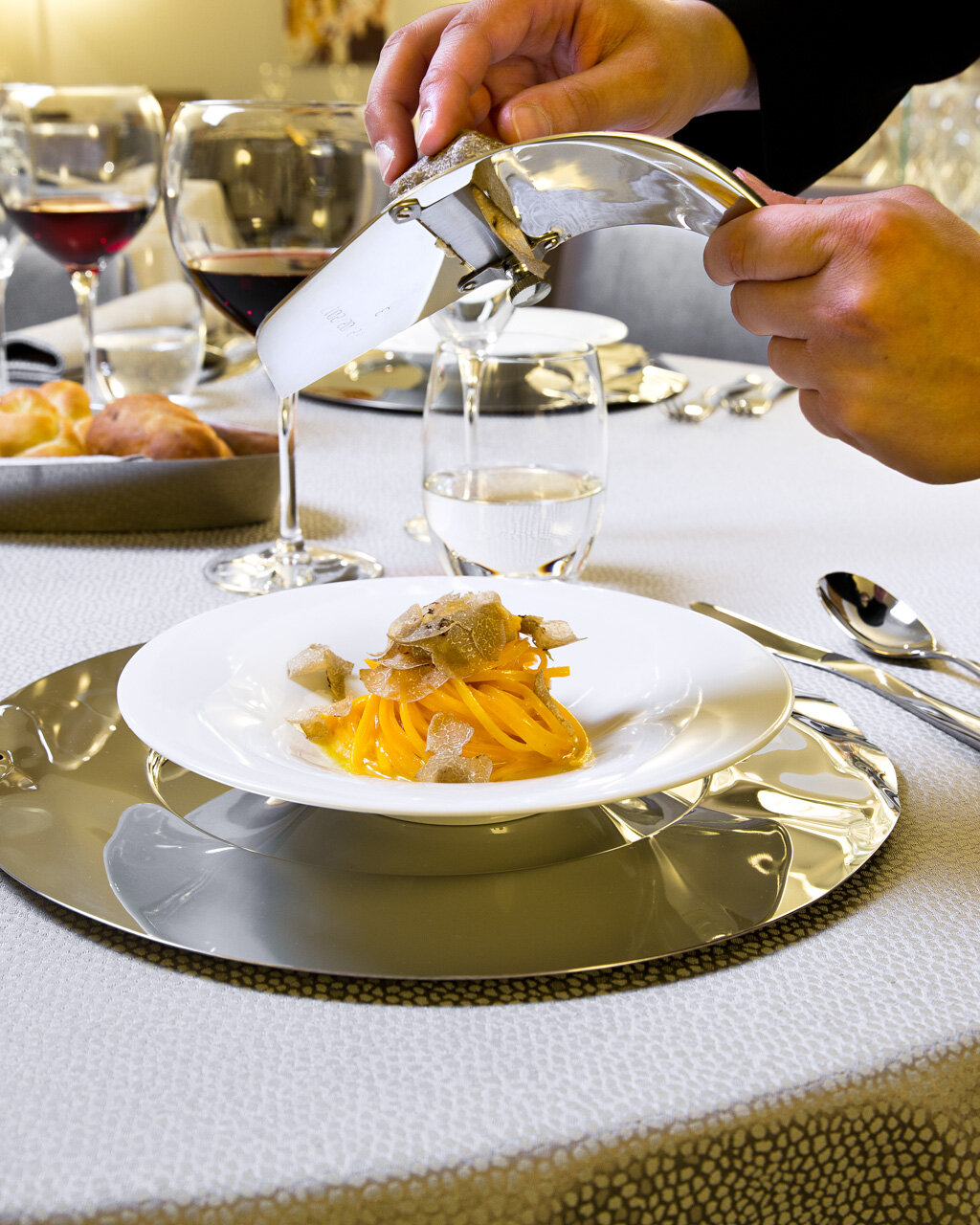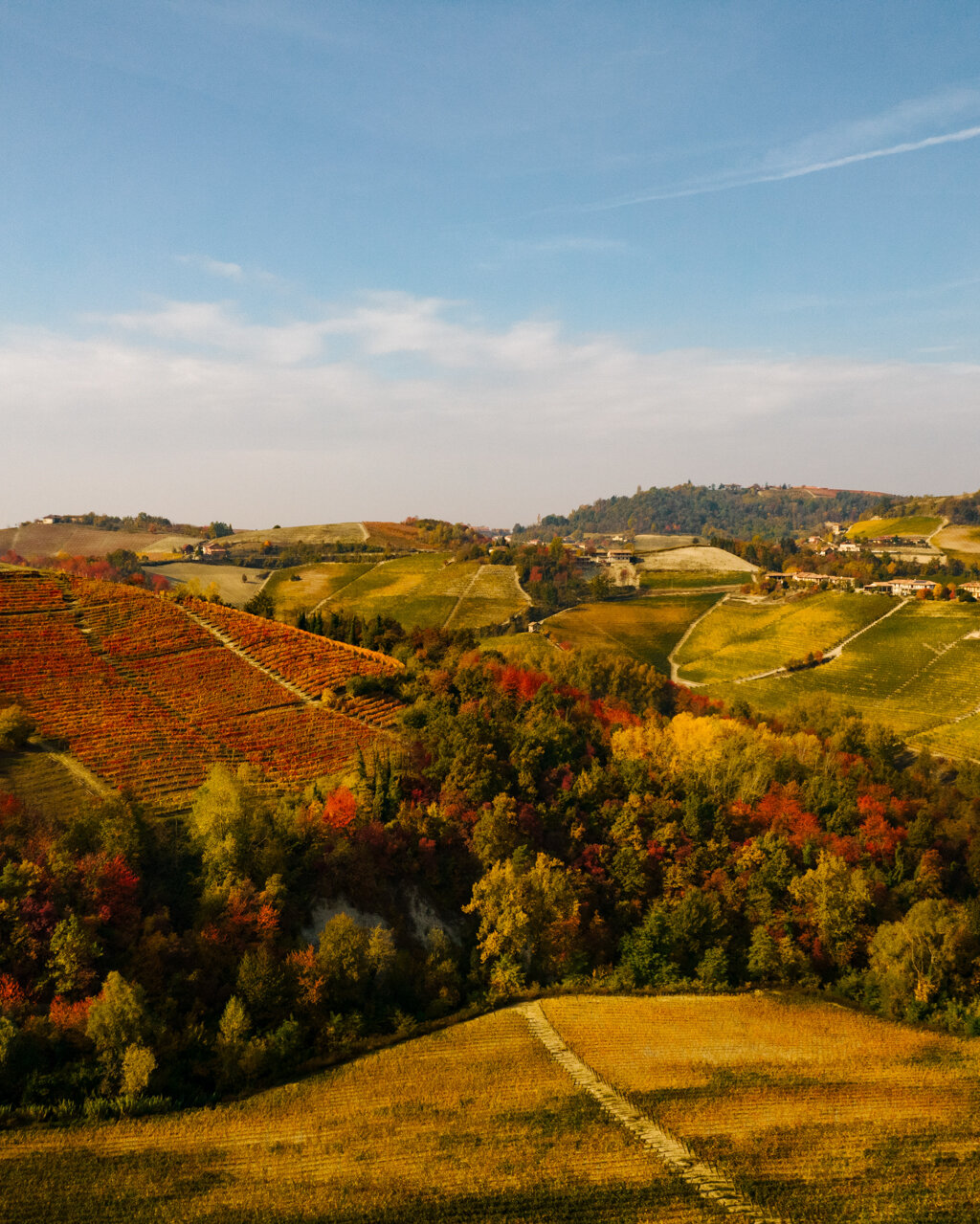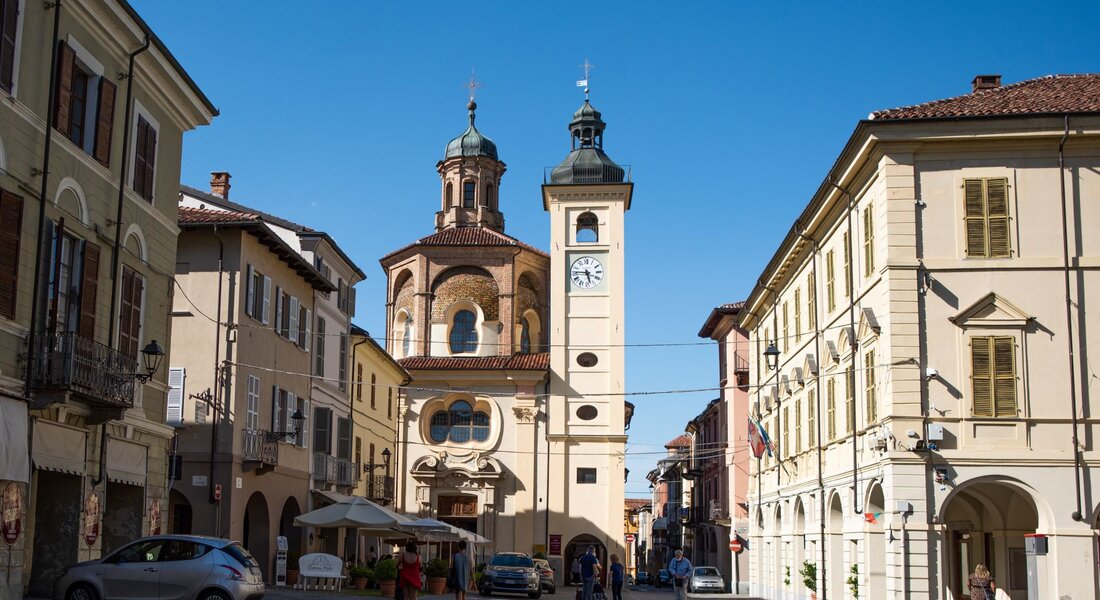Among the urban centres of Asti, San Damiano d'Asti, the elegant parlour of the Alfieri Hills, famous for its local breed of fine capons, is definitely worth a visit. Prior to the modern road system the centre served as Asti's watchtower to protect the road heading towards the "enemy" Alba.
Situated on the left-hand side of the Borbore stream, which has always accompanied travellers from Alba to Asti via Canale, the town dates back to 1275, the year of the great Asti victories against Alba and the House of Anjou (Battle of Roccavione). In that year, the people of Asti also destroyed several castles and villages in the Astisio area (approximately the present-day Roero), guilty of allying themselves with their sworn enemies.
Find out more
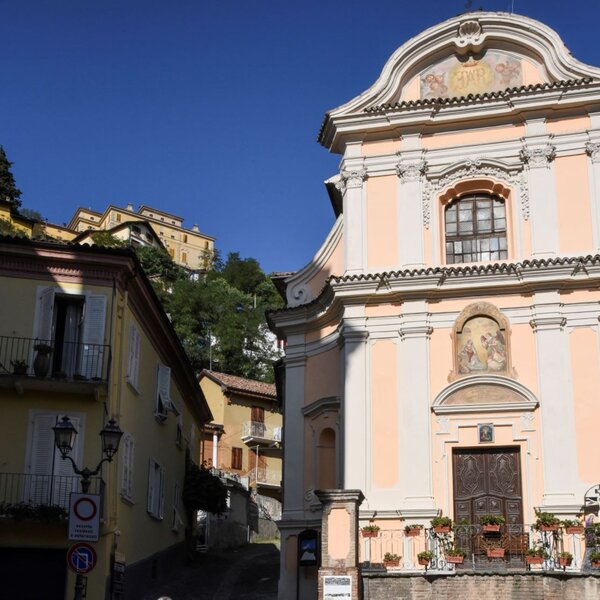
Canelli, the "Gateway to the World"
Find out moreSan Damiano d'Asti was thus always inextricably tied to Asti, almost a village "extra muros" and, in the following centuries, experienced its ups and downs in the endless struggles between Guelphs and Ghibellines, between the Marquises of Monferrato and the Viscounts of Milan, between the Savoy and Gonzaga families, between the French and the Spanish. After the Treaty of Cherasco in 1631, San Damiano d'Asti passed into the hands of the Savoys, who enfeoffed it to the Marquises of San Martino d'Aglié, who were later followed by the Carlevaris, a family of Aleramic origin who gave the town many illustrious figures up to the end of the 19th century, and whose historic residence today is the Town Hall.
Divided into ten symmetrical districts and enclosed by four massive ramparts, the centre still preserves intact the shape and charm of an "oppidum", although the ramparts are now tree-lined avenues and the ancient gates have been opened and modified, creating the market spaces that enliven many moments of the year, including the historic Caritun Fair in spring and the Saints' Fair in autumn.
Find out more
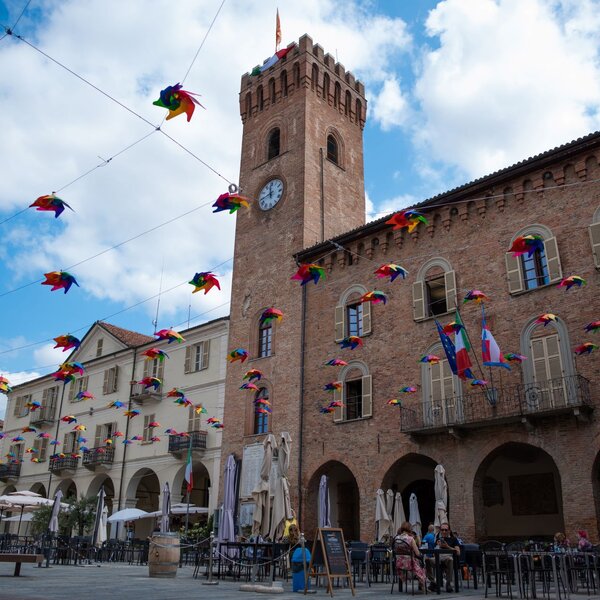
Nizza, amidst Barbera and Bagna Cauda
Find out moreThe nearby Confraternity of the Annunziata, on the other hand, dates back to the late 16th century. Next comes the Via Maestra (main street) with its one-kilometre long porticos, the classic carriage stones marking the way and several important buildings overlooking the street. Particularly noteworthy are Casa Berroni and then the 18th-century Casa Castelli (to the right-hand corner of Via Gioberti) with the terracotta architecture of the Church dell'Addolorata just opposite (near the church, along the street, you will find the Museo Civico - Civic Museum), and then, in the second district to the right you can see the Palazzo dei Conti Ceca di Vaglierano and, in the third district to the left, the Art Nouveau style of Casa Garola.
The imposing Palazzo Vagnone, on the corner of Piazza Libertà, has classic Umbertine features; the palace is connected to the current Town Hall by a gallery and both are very well frescoed (the gallery in particular). The palace also houses the Enoteca Regionale delle Colline Alfieri (Regional Wine Centre of the Alfieri Hills), while the funeral stele of Daniele Scarampi (1445) is preserved in the entrance hall under the porticoes of the Town Hall. The other side of the square is also overlooked by the imposing Casa Demarie and a second Palazzo Ceca.
Find out more
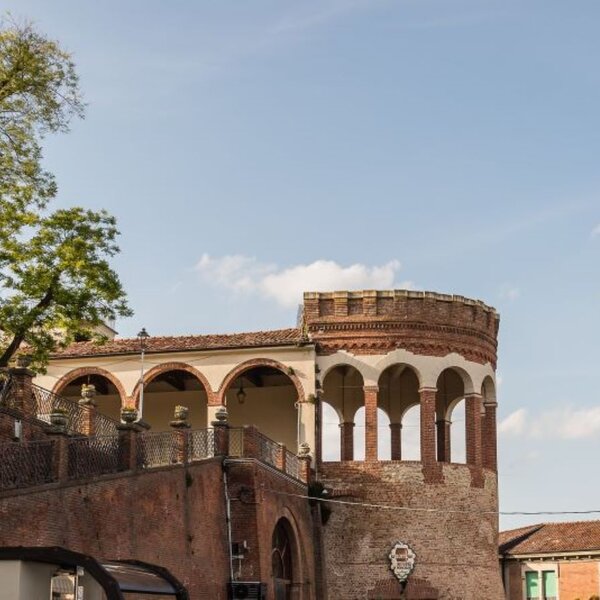
Moncalvo, Italy's smallest town
Find out moreYou continue on to the last district (the tenth) to reach Piazza Camisola (the ancient "Porta Sovèra") and turn onto Baluardo Palestro and then Baluardo Montebello. On the corner, you will see the prestigious Palazzo Pescarmona and then the elegant 18th-century Casa Daneo, but the terracotta bell tower of the Church of San Vincenzo, the symbol of the town, stands behind the Town Hall on the small square called Piazzetta Giroldi; inside, there is a magnificent painting celebrating the “Battaglia di Lepanto” (Battle of Lepanto) of the 17th century.
From here, along Via Bottallo, you cut horizontally across the centre and move to the western side of the ramparts, i. e. the Magenta Bastion, where you will find the old Casa Maccari on the corner with Via Garibaldi; a little further along Via Rattazzi lies the imposing structure of the former prisons; from here, across the Solferino Bastion, you will return to the starting point in Piazza SS Cosma e Damiano.
The villages’ most extensive and interesting surroundings are well described and outlined in the itinerary Romanesque in and around San Damiano d'Asti.
Find out more
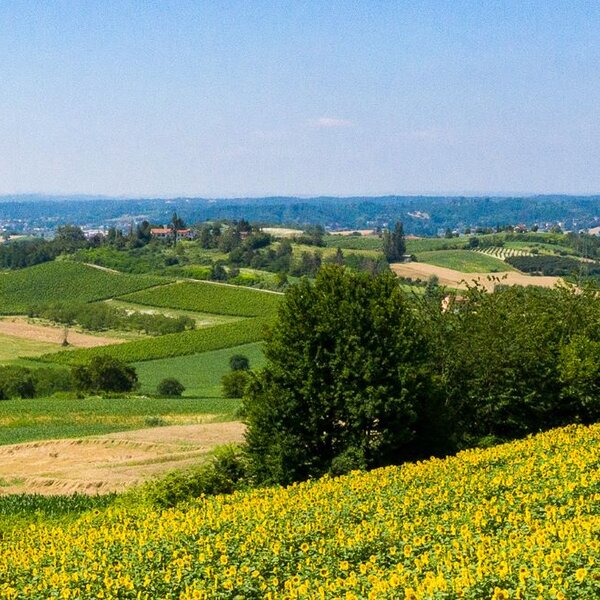
Romanico Da San Damiano D'asti
Find out moreText by Pietro Giovannini
PLEASE NOTE: Responsibility for the maintenance and practicability of the various trails lies with the municipalities where the routes are located. The Tourist Board, therefore, cannot be held responsible for any inefficiencies, but is willingly available to collect your reports so that they can be forwarded to the authorities concerned.
